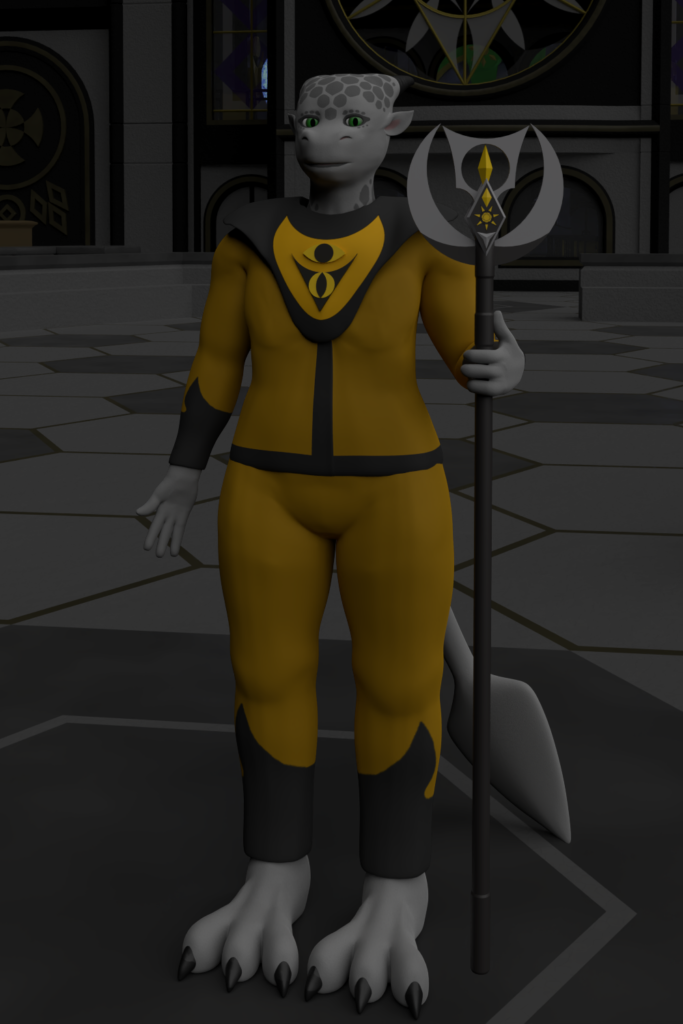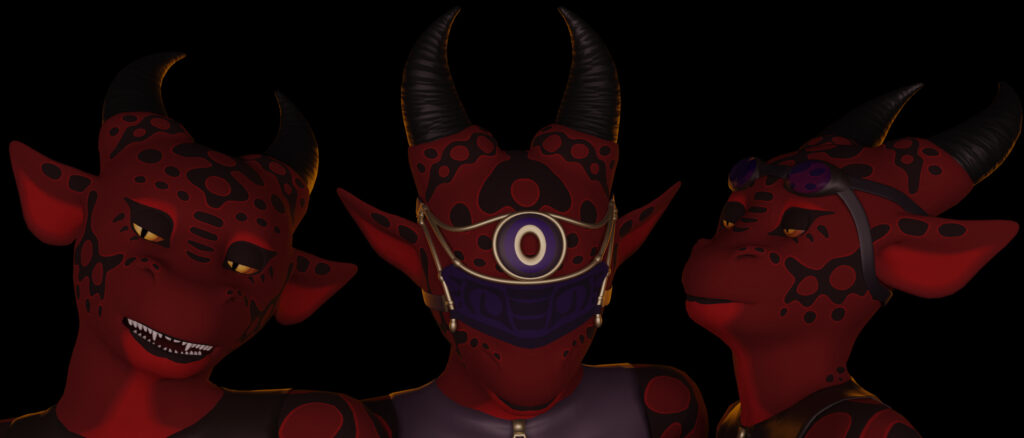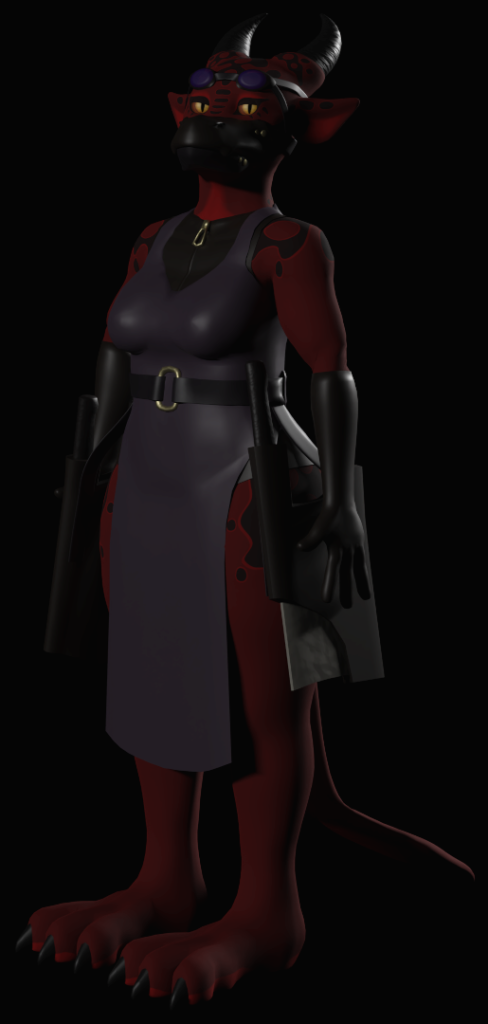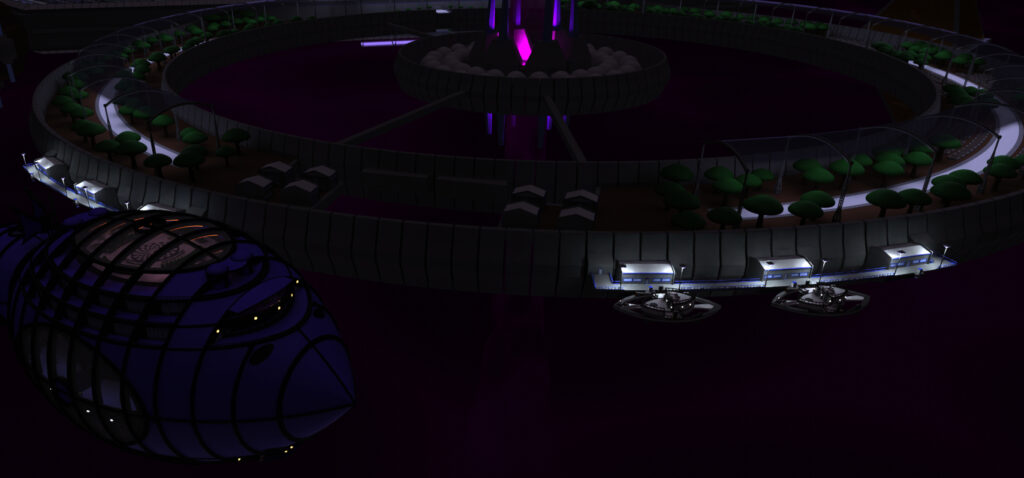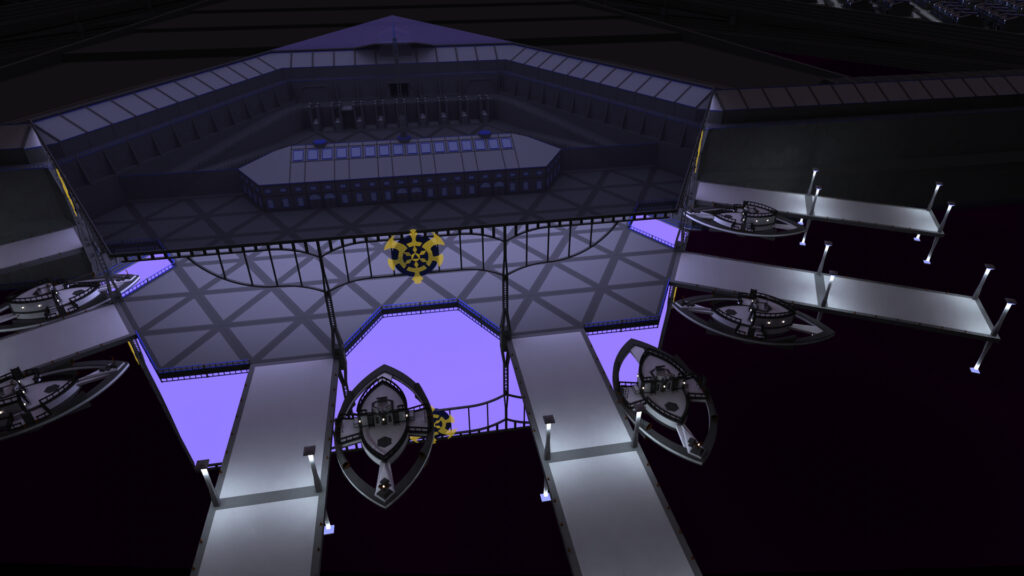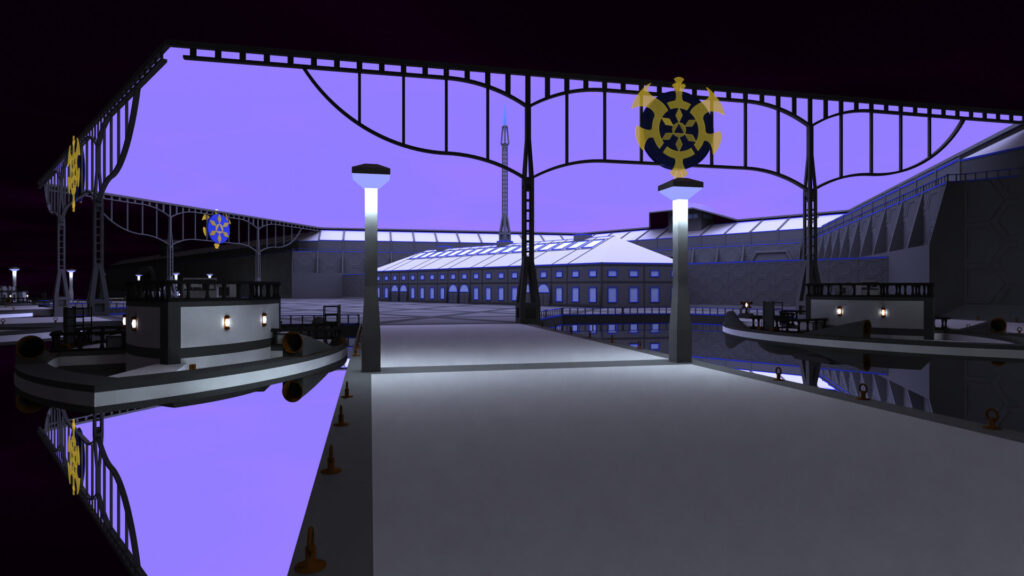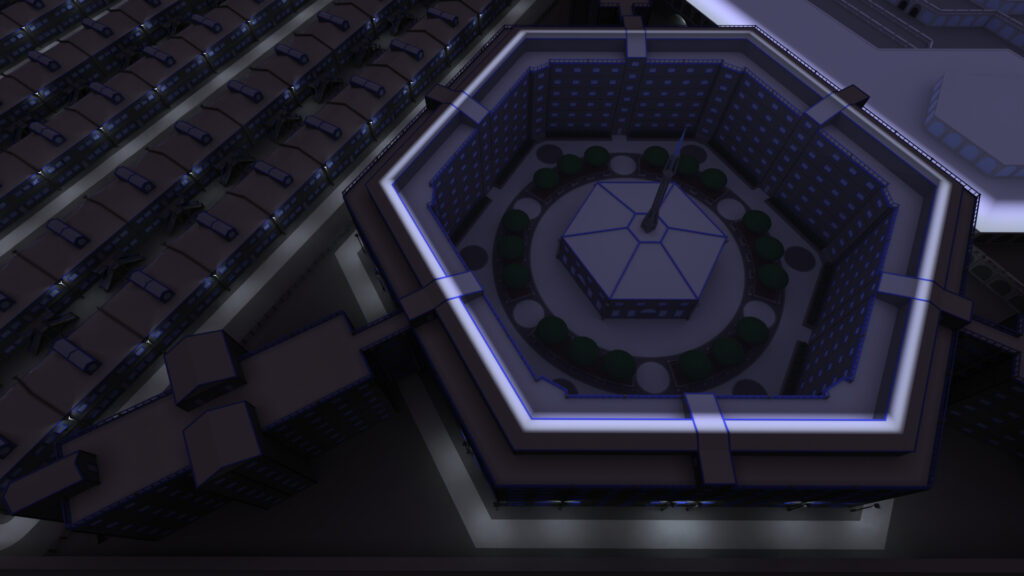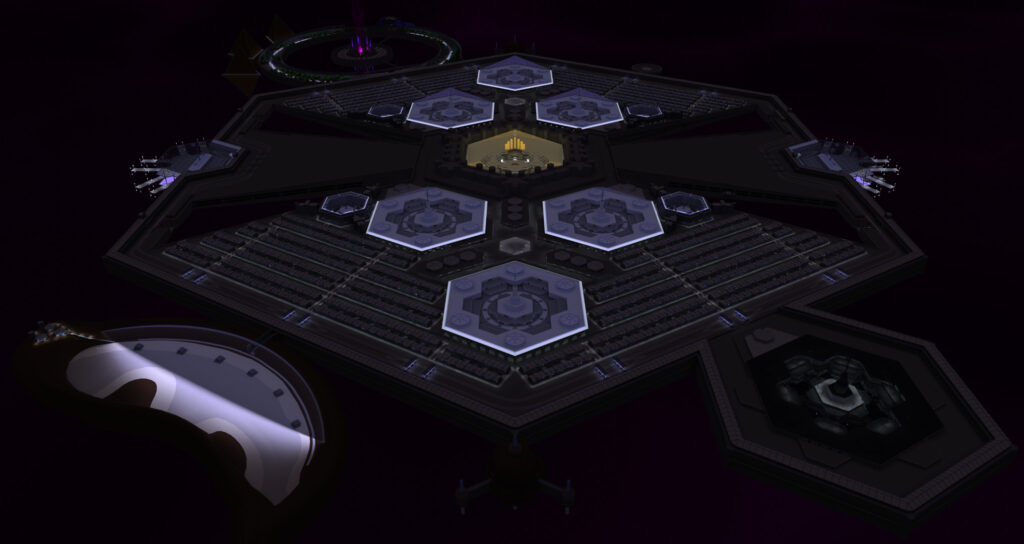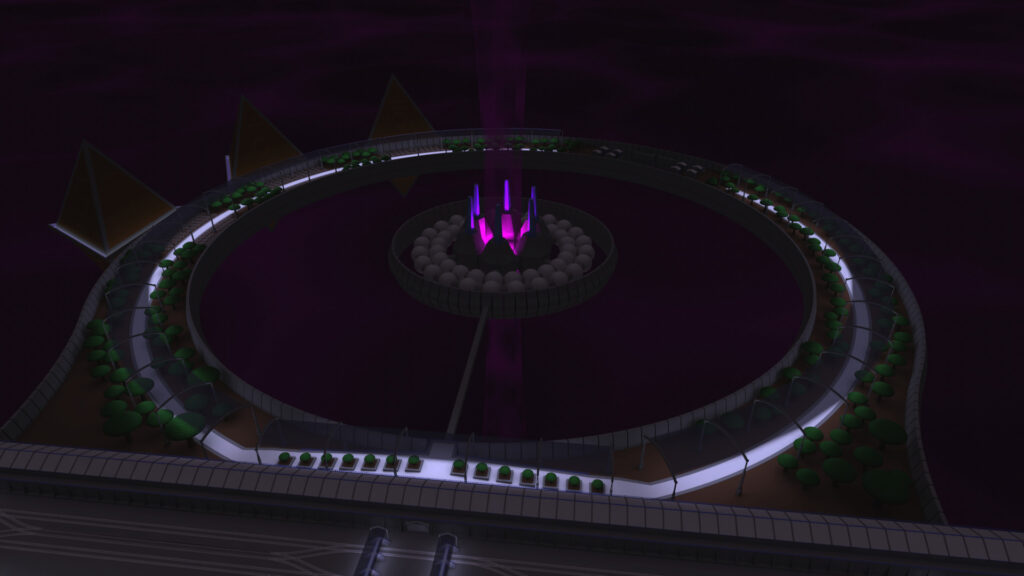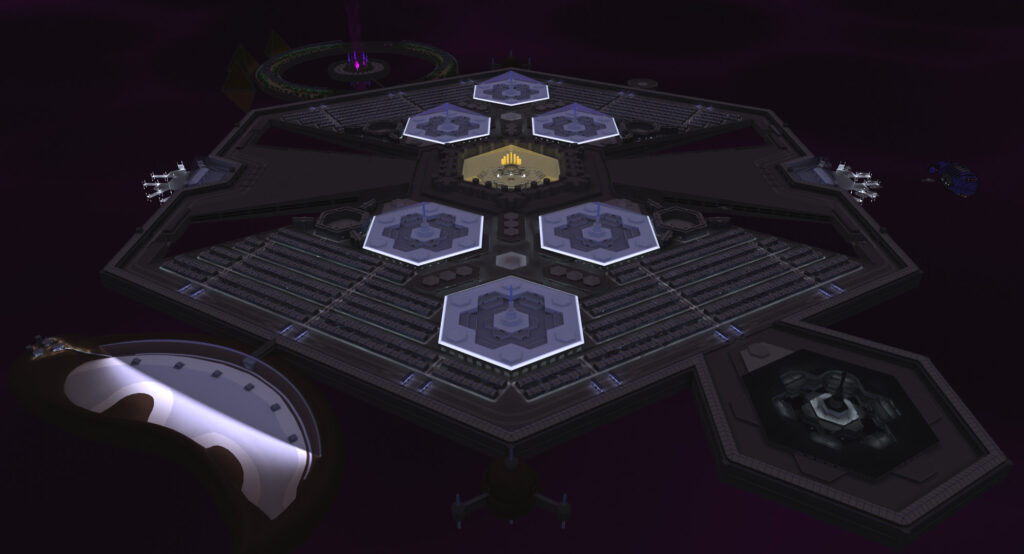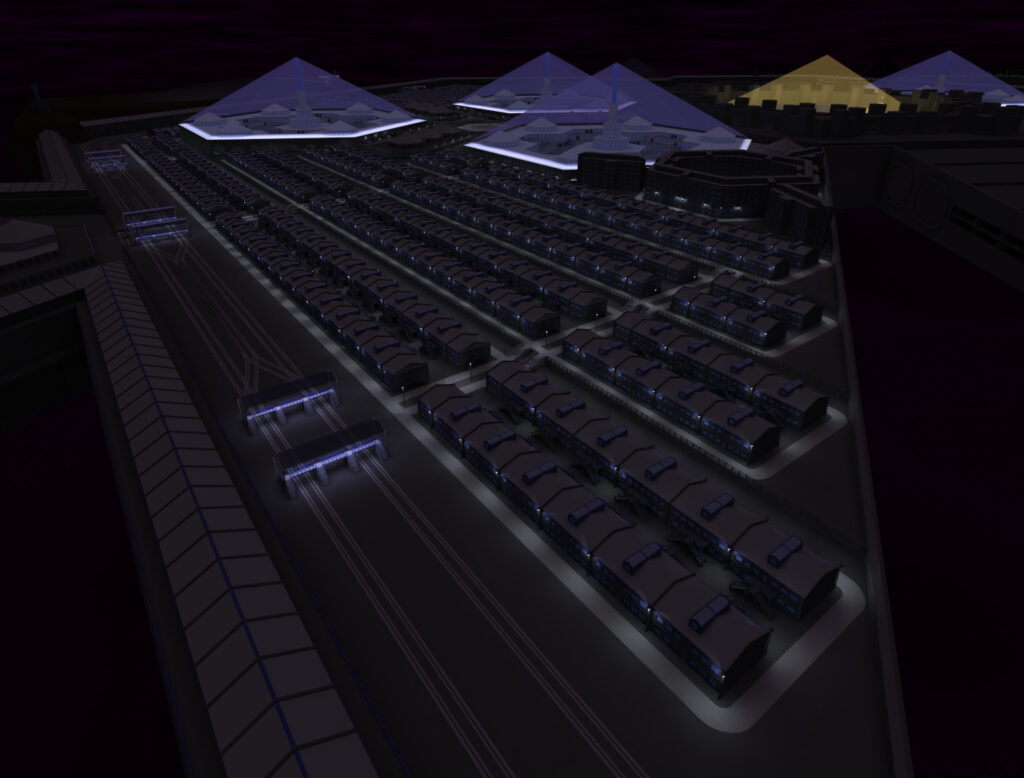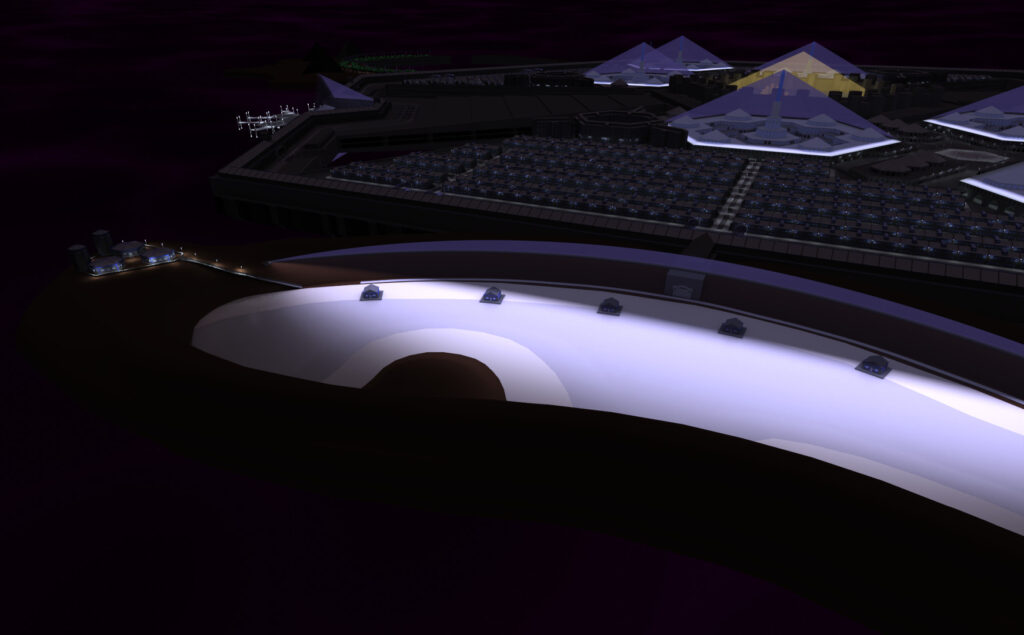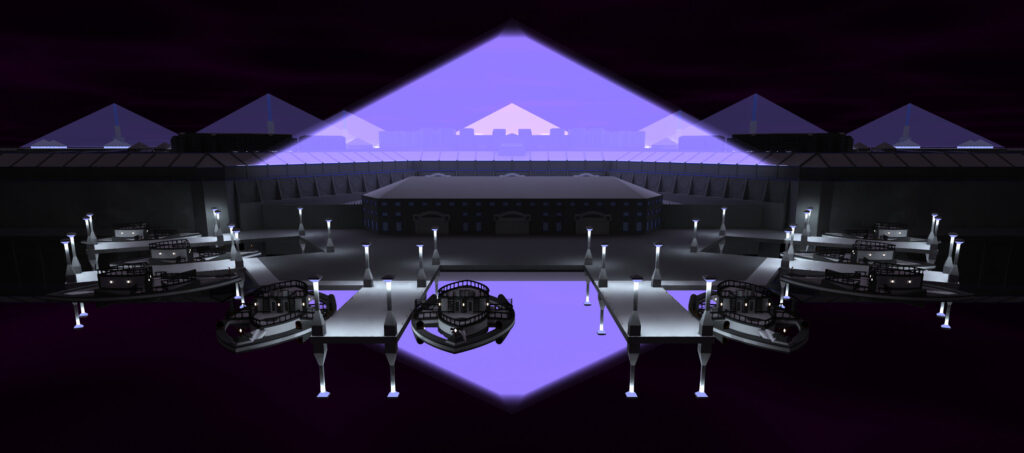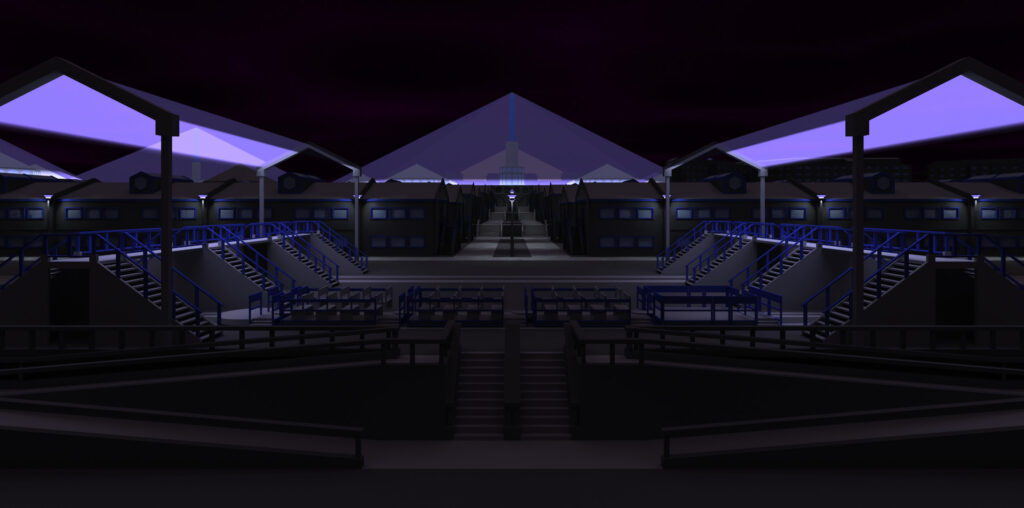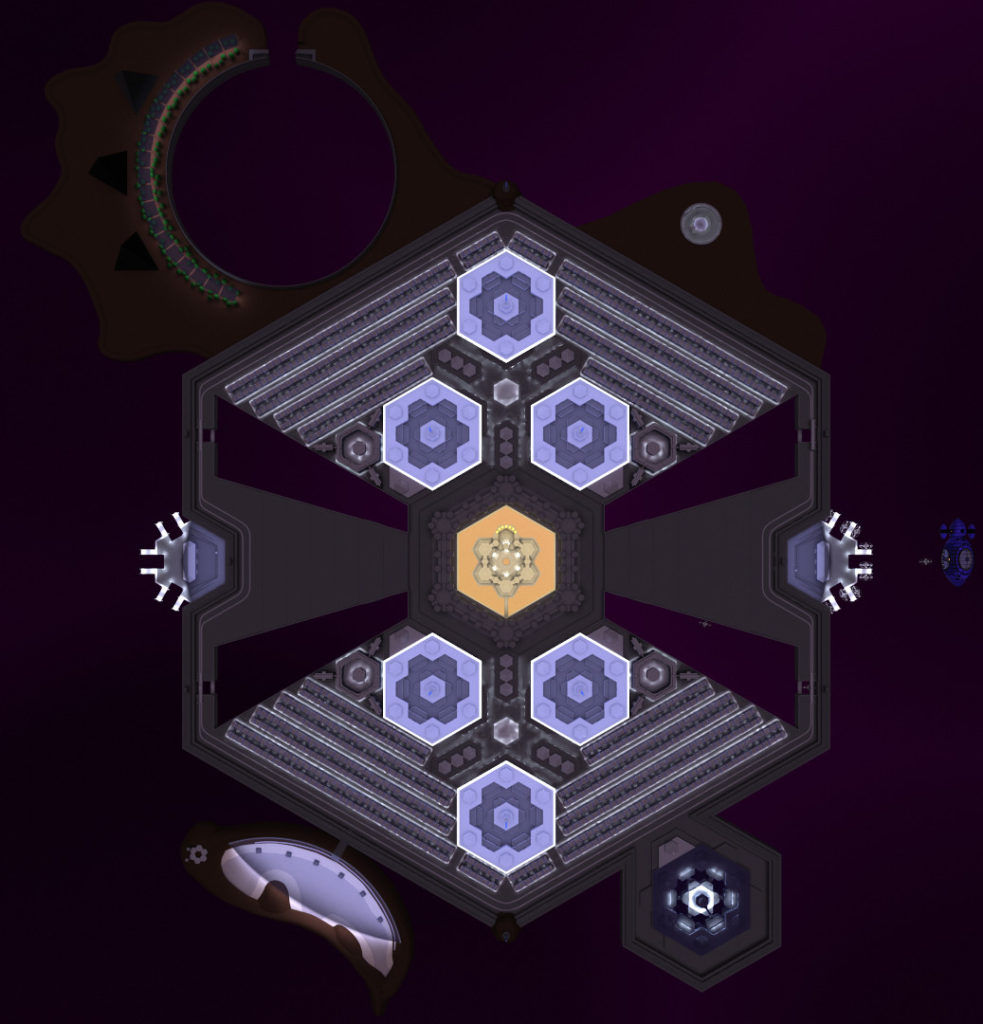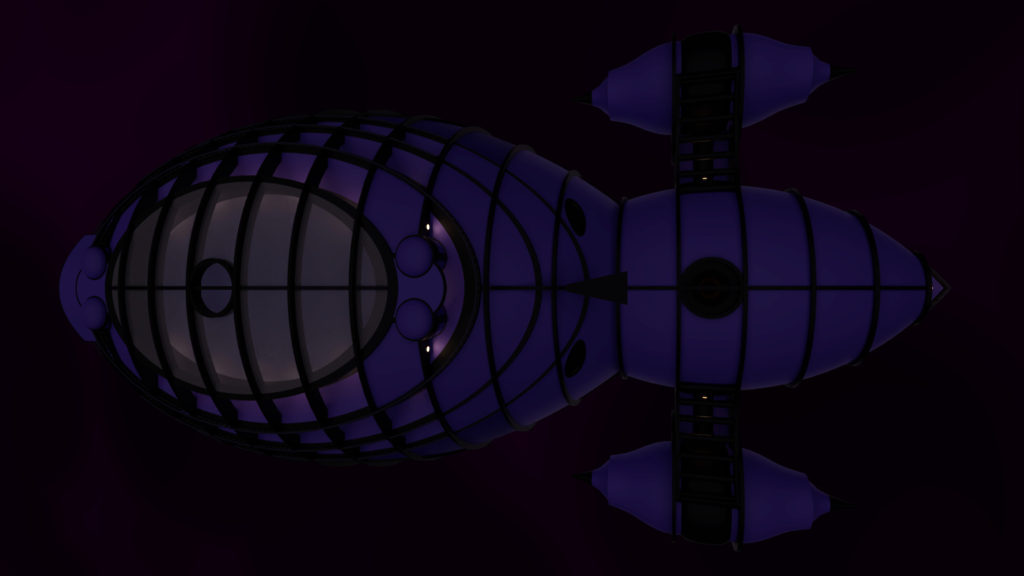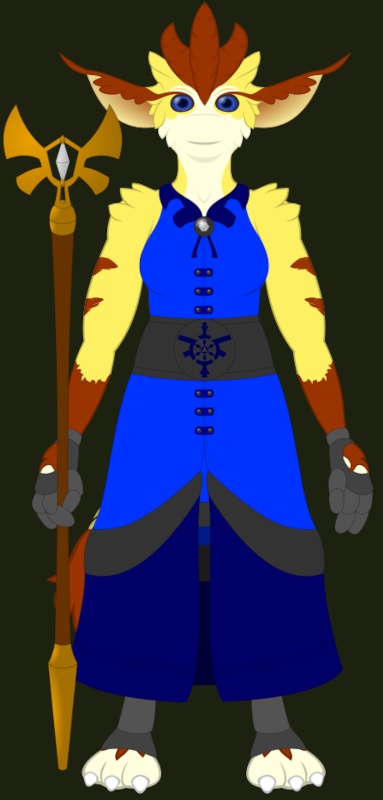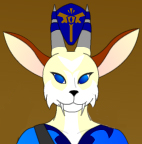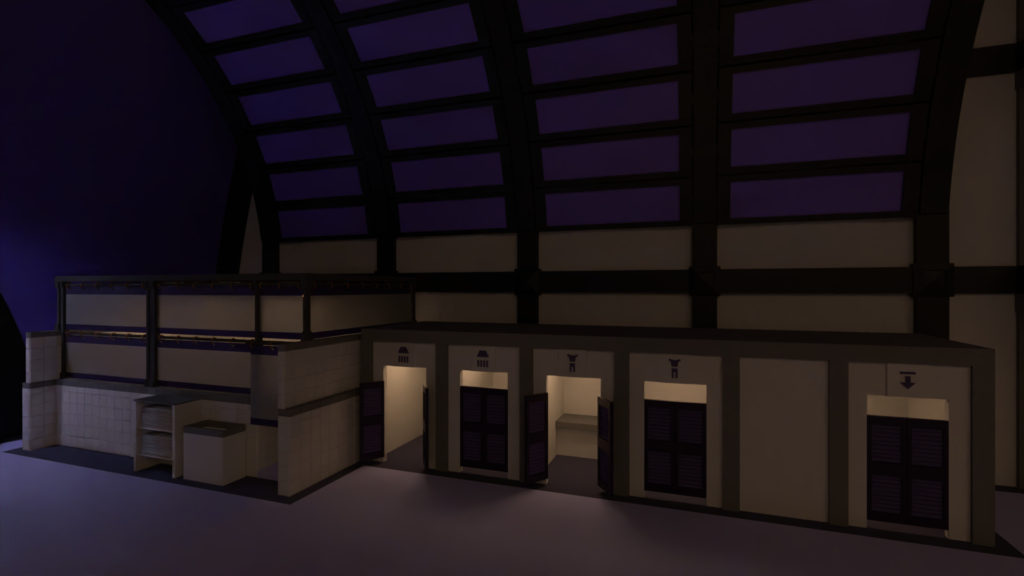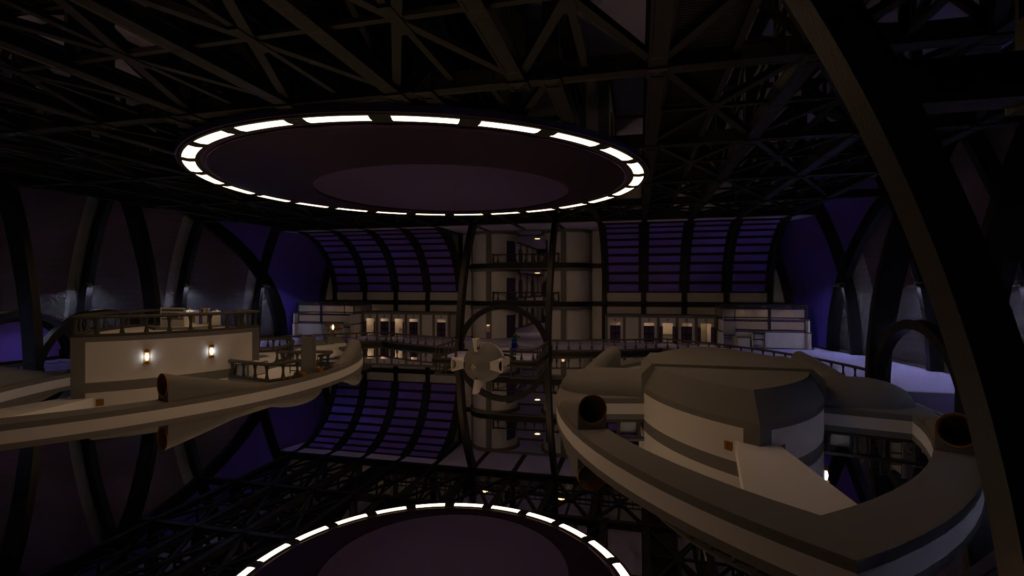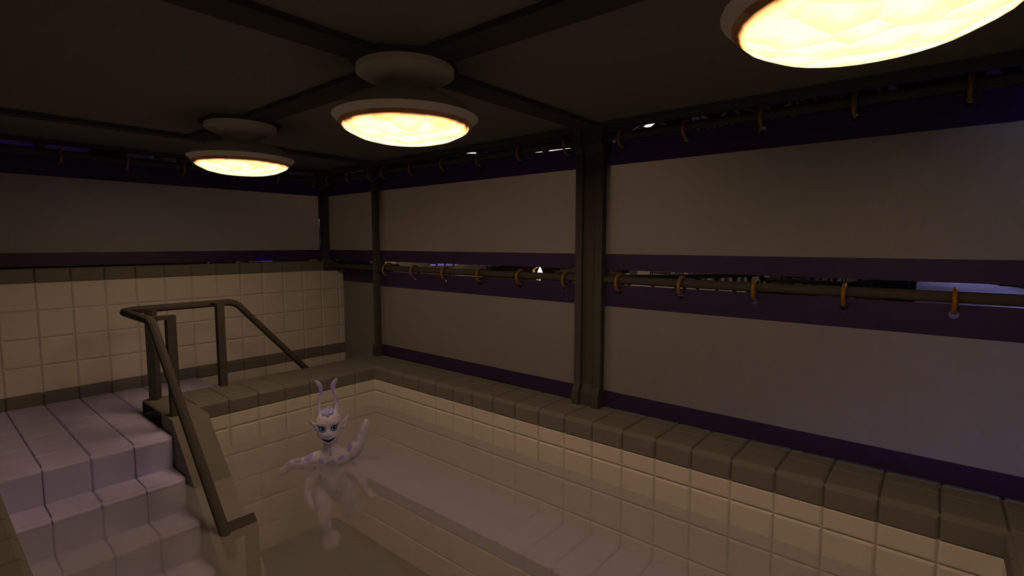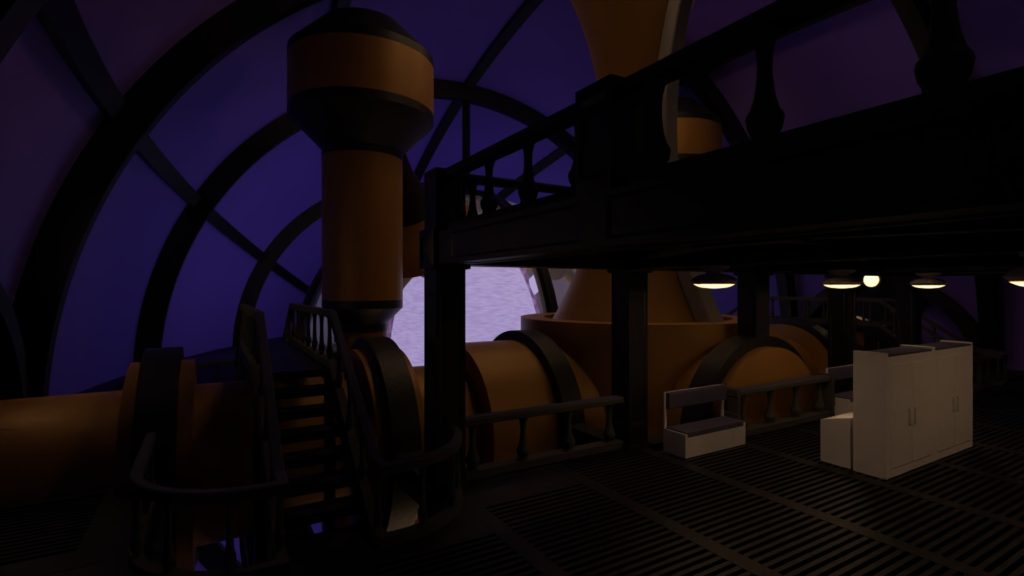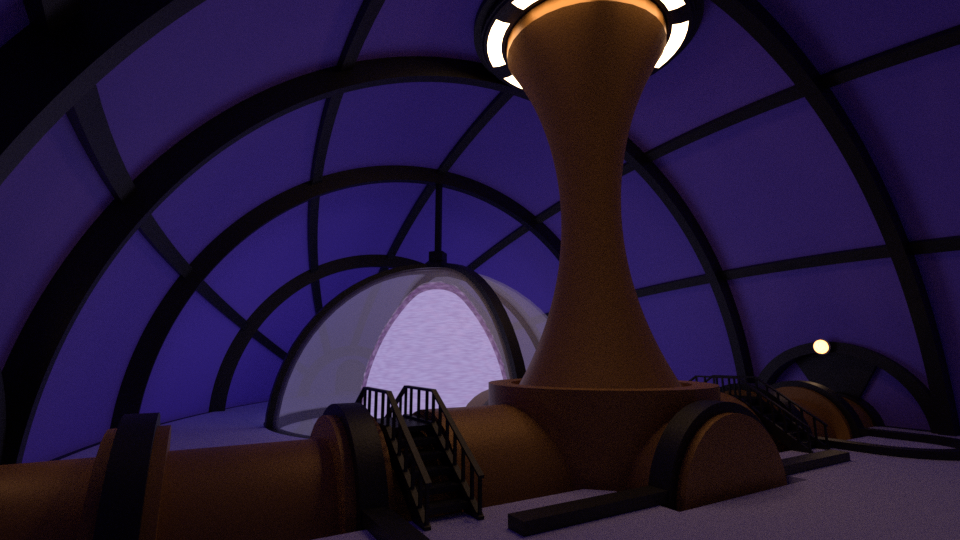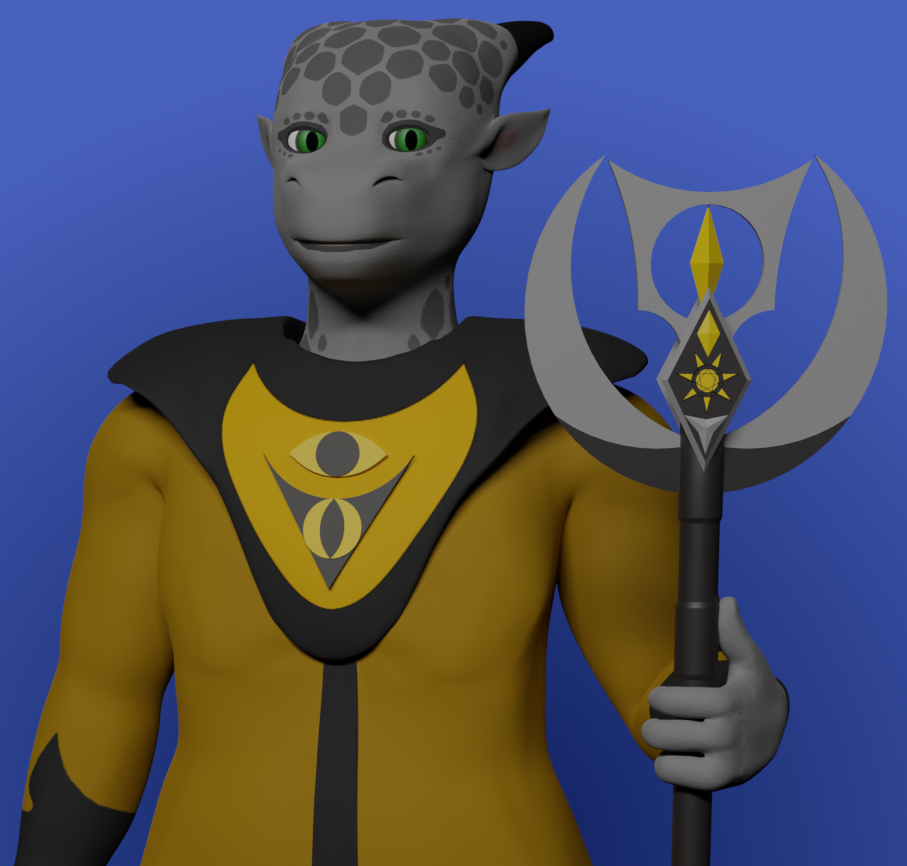
Anjil from Agwilika Rhe is one of my longest-existing characters. My earliest drawing of him is over 20 years old.
Recently I was thinking over how I haven’t modeled or drawn many gray skinned Gwil/Akelikan characters. As I thought over who I could work on next, I got the idea to change Anjil from a green Agwilikan to a gray Akelikan.
This would add a new dynamic to the story. During the time it takes place, there is a strong split between the Agwilikan and Akelikan populations, with most of the latter living in the downriver cities controlled by the Army King. Few Akelikans live in Agwilcress, and they have to live with a lot of distrust from their Agwilikan neighbors. Despite this, he became an adept and respected sorcerer of the Ayra Katrin.
I guess some new symbolism can be had with the two protagonists (him and Reija) working together.
